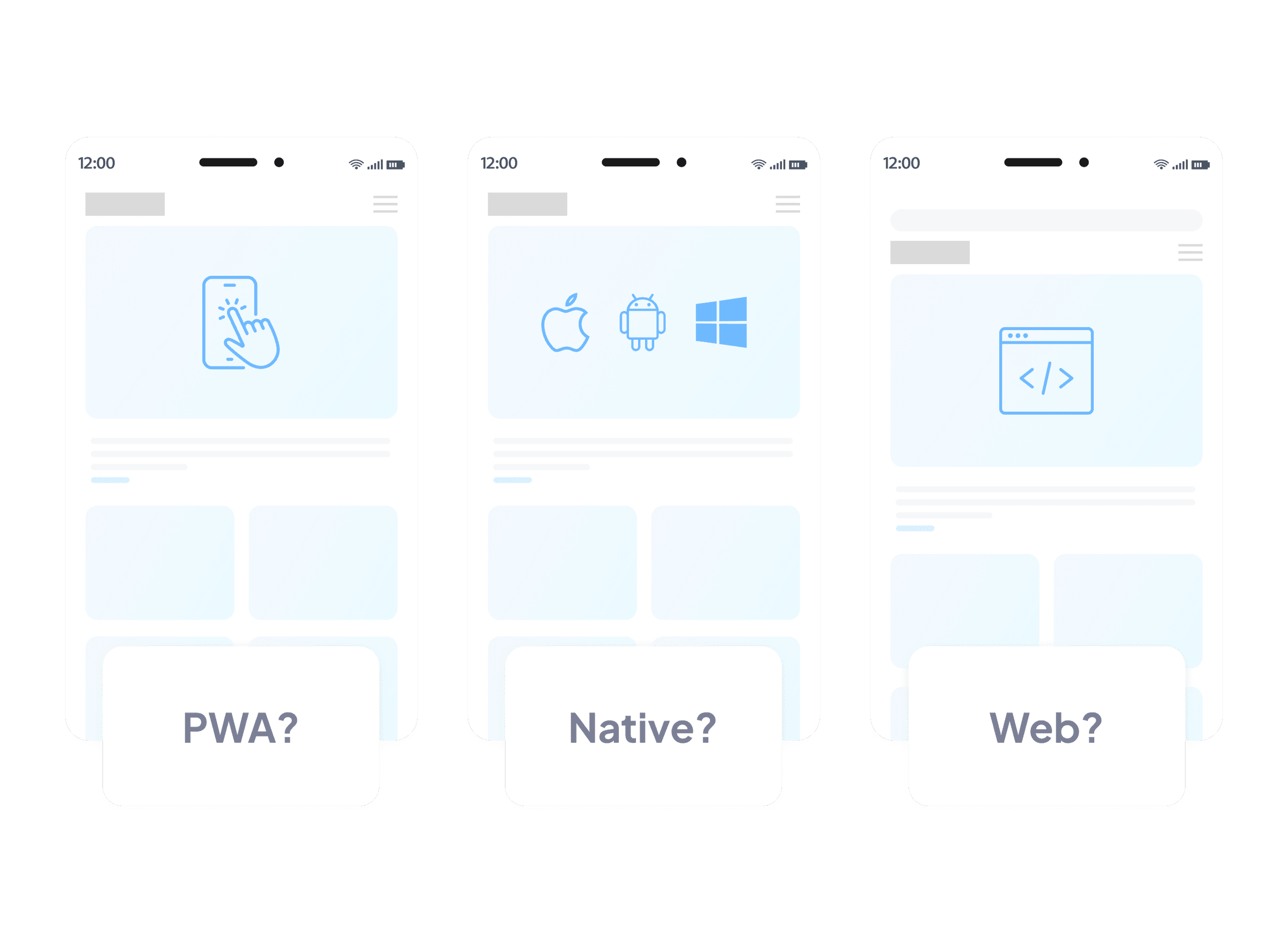Turning complex requirements into a joyful user experience
Boost your digital success with our expertly crafted web applications. Whether for internal teams or external customers, our apps are intuitive, fast-loading, secure and user friendly.

Types of project
Solving problems one app at a time.
Trusted to deliver by startups and global organisations alike
Why our customers our web development services
We use a modern jamstack approach to web development, which has benefits against a traditional monolithic approach.
Mobile-first experience
Mobile traffic makes up 80% of the web - it shouldn’t be an afterthought.
Low cost PWAs
A cheaper alternative to a separate native mobile app.
Simple scalability
Headless front end means your app can scale seamlessly.
Highly secure
A decoupled front end protects you from server or database vulnerabilities.
Excellent performance
Serve pre-built markup and assets over a CDN.
Achieve your goals
Design that's driven by outcomes as much as aesthetics.

Edge of the Web Insight
Which app is best for you?
Occasionally, we speak with companies that feel they need a native app, but a web app is a better fit for their needs. Other times, a native app is the right choice from the start - it all depends on your specific requirements.
Read our article all about this subject so you have the full information before making a decision.

PWA vs Native vs Web App - which should you choose?

11 min read
Case studies




Specialist Academic Support
UX focused apps
When it comes to app design, we're all about putting users first. Good design can seem costly, but poor design will cost you far more in the long run. That's why we're keen on usability testing.
Apps aren't just about ticking boxes for features. They're about creating an experience that users will love. Good app experiences are all about making tricky, complex tasks feel effortless.
The key is to craft a product that's not only functional but a joy to use, keeping your users coming back for more.
Ready to get started?
If you’re looking for a partner to develop your web app, we’d love to find out more about your project.
End to End Delivery
We offer more than just an excellent end product. Clients love working with us because our team guides them through every stage of product launch, delivering on time, and on budget.
Discovery
Tell us what problems you’re trying to solve and the challenges you’re facing, and we’ll suggest technical solutions. We don’t have a one-size-fits-all approach - we know that each client has unique circumstances and business needs.

About us
At Edge of the Web, our in-house team of specialists in design, development and digital marketing work together to create fantastic websites, apps and online systems.
As a close-knit team, we love to work collaboratively, really getting to know our clients and ensuring we’re providing them with exactly the service they need.
What our customers say...
Arrange a discovery call
Get in touch with Hannah directly to discuss your project or alternatively contact us via our form.

Hannah Laird
Client Manager











